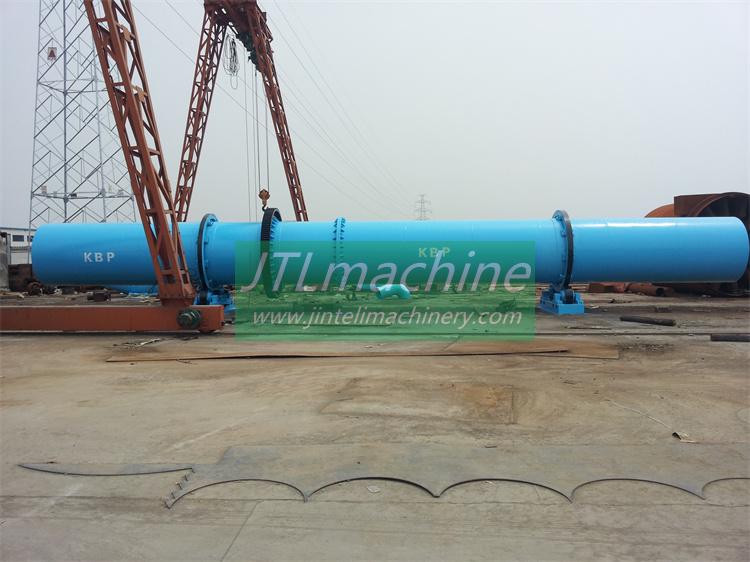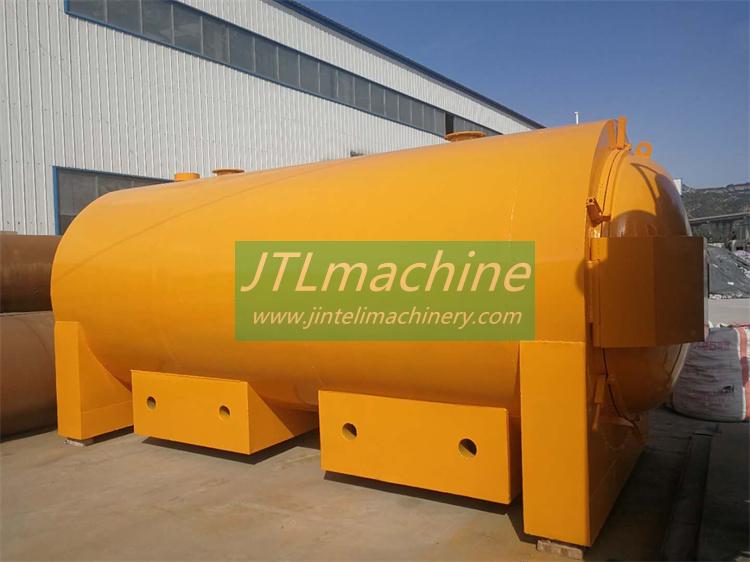Table of Contents
Exploring the Efficiency of solid feed drying equipment
Solid feed drying equipment, particularly rotary drum drying equipment, has become an indispensable tool in various industries, including agriculture, mining, and manufacturing. This equipment plays a crucial role in reducing the moisture content of solid feed materials, thereby enhancing their quality and shelf life. The efficiency of these machines is a critical factor that determines their effectiveness and overall performance.
Rotary drum drying equipment, a type of solid feed drying equipment, is renowned for its high efficiency and versatility. It operates on a simple yet effective principle: the feed material is fed into a rotating drum, which is heated externally. As the drum rotates, the feed material tumbles through the heated environment, causing the moisture to evaporate. The dried material then exits the drum, while the moisture-laden air is expelled through a vent.

One of the key factors that contribute to the efficiency of rotary drum drying equipment is its design. The drum’s cylindrical shape and slow rotation allow for optimal heat transfer, ensuring that the feed material is evenly dried. Moreover, the drum’s size can be adjusted to accommodate different volumes of feed material, making it suitable for both small-scale and large-scale operations.
Another factor that enhances the efficiency of rotary drum drying equipment is its ability to handle a wide range of feed materials. Whether it’s agricultural products like grains and fodder, or industrial materials like minerals and chemicals, this equipment can effectively reduce their moisture content. This versatility not only makes it a cost-effective solution for various industries but also reduces the need for multiple drying machines.
The use of advanced technology in rotary drum drying equipment also contributes to its efficiency. Many modern machines come equipped with automated controls that allow for precise temperature regulation. This ensures that the feed material is dried at the optimal temperature, preventing overheating and under-drying. Additionally, some machines feature sensors that monitor the moisture content of the feed material, allowing for real-time adjustments to the drying process.
Despite its many advantages, it’s important to note that the efficiency of rotary drum drying equipment can be affected by several factors. These include the moisture content of the feed material, the drum’s rotation speed, and the ambient temperature. Therefore, to ensure optimal performance, these factors must be carefully controlled.
In conclusion, rotary drum drying equipment is a highly efficient and versatile tool for reducing the moisture content of solid feed materials. Its design, ability to handle a wide range of feed materials, and use of advanced technology contribute to its efficiency. However, to maximize its performance, it’s crucial to control factors such as the moisture content of the feed material, the drum’s rotation speed, and the ambient temperature. With proper operation and maintenance, rotary drum drying equipment can significantly enhance the quality and shelf life of various products, making it a valuable asset for any industry.
Understanding the Mechanism of Rotary Drum Drying Equipment
Understanding the mechanism of rotary drum drying equipment is crucial for industries that rely on drying processes. This equipment is commonly used in sectors such as agriculture, mining, and waste management, where it plays a pivotal role in reducing the moisture content of materials. The rotary drum drying equipment, also known as a rotary dryer, is a type of industrial dryer employed to reduce or minimize the liquid moisture content of the material it is handling by bringing it into direct contact with a heated gas.
The rotary drum drying equipment operates on a simple yet effective principle. It consists of a large, rotating cylindrical tube, usually supported by concrete columns or steel beams. The dryer is slightly inclined towards the discharge end to facilitate the movement of the material through the dryer. The material to be dried is fed into the higher end and moves towards the lower end due to gravity and rotation. As the material moves through the drum, it comes into contact with warm gases. These gases may be provided by an indirect fired kiln, or it could be excess hot air from a process that was cooled and vented out.
The rotary drum drying equipment is designed to work efficiently and economically, with careful control of the drying air temperature to ensure the material does not get overheated. The speed of rotation, the temperature of the drying air, and the residence time of the material in the dryer are all adjustable, allowing the drying process to be precisely controlled. This flexibility makes it possible to dry a wide range of materials to the desired moisture content.

The efficiency of the rotary drum drying equipment is largely dependent on the contact between the drying gases and the material being dried. To maximize this contact, the equipment is designed with flights, or lifters, that pick up the material and drop it through the hot gas stream. This action maximizes heat transfer and efficiently dries the material.
One of the significant advantages of rotary drum drying equipment is its versatility. It can handle a wide range of solid feed, including granular, powdery, and chunky materials. This makes it a preferred choice for many industries. Moreover, it can operate under a wide range of temperatures and can process materials that require extreme conditions, such as high temperature and pressure.
Another advantage of rotary drum drying equipment is its robustness and durability. It is designed to withstand harsh operating conditions and can operate continuously for long periods. This makes it a reliable choice for industries that require continuous drying operations.
In conclusion, rotary drum drying equipment is a versatile, efficient, and durable solution for drying a wide range of solid feed materials. Its operation is based on a simple principle, but its design and control features allow it to perform complex drying tasks efficiently. By understanding the mechanism of this equipment, industries can optimize its use and achieve better drying results.






